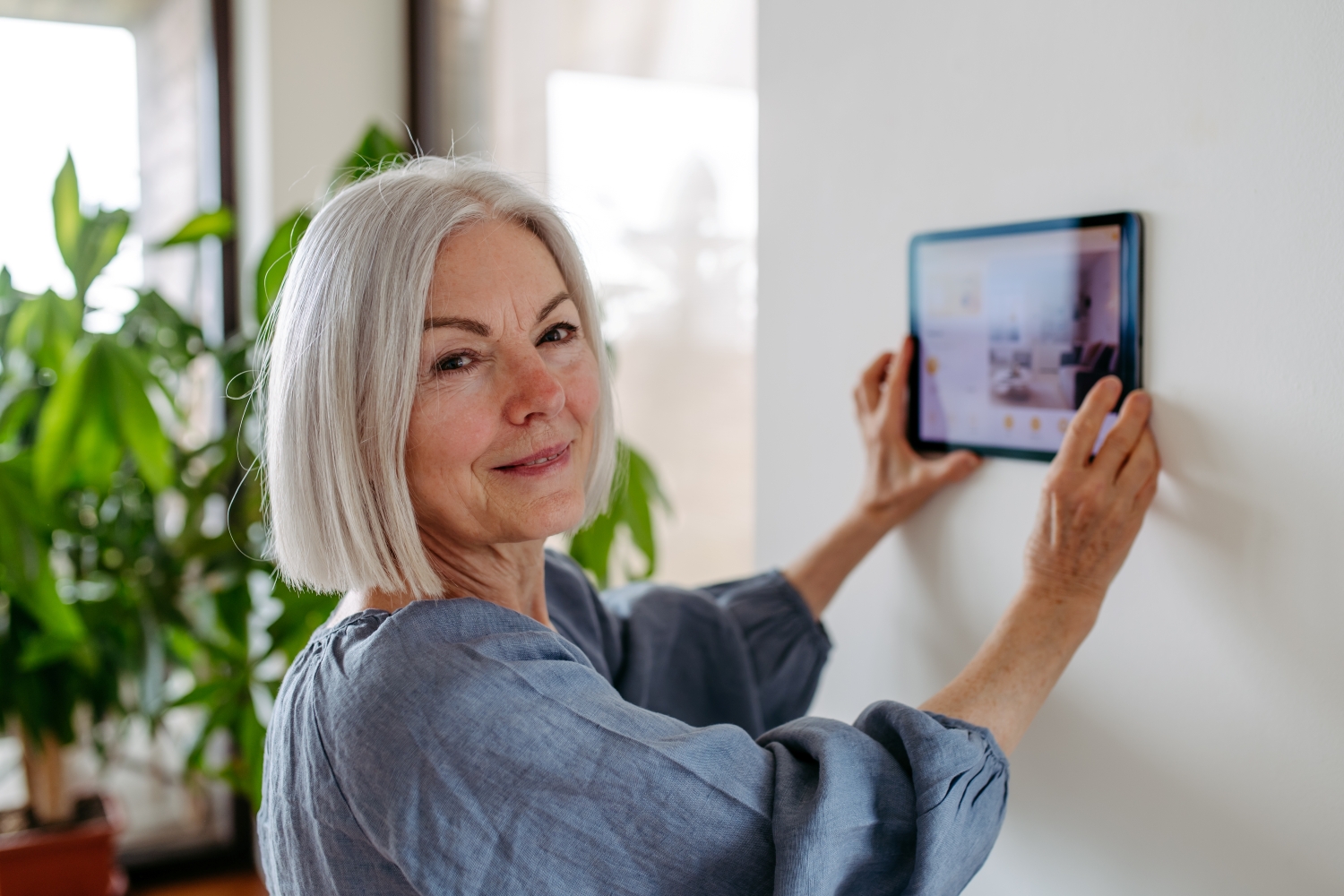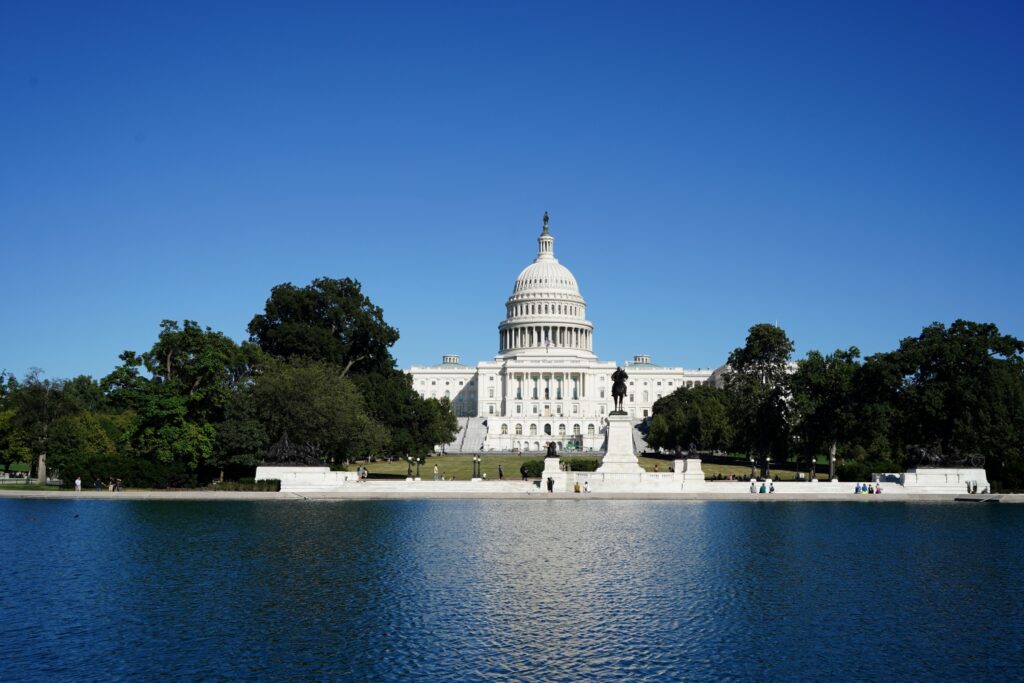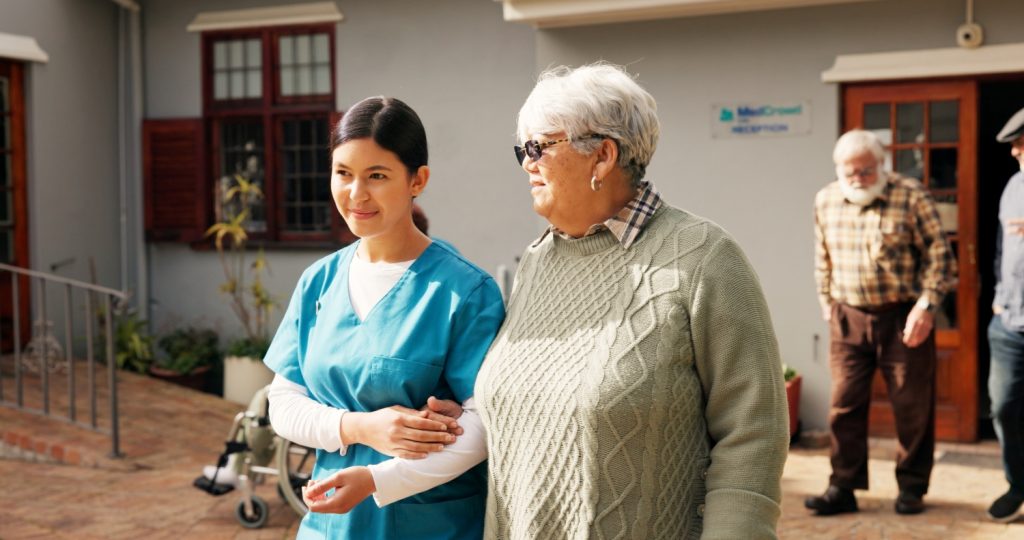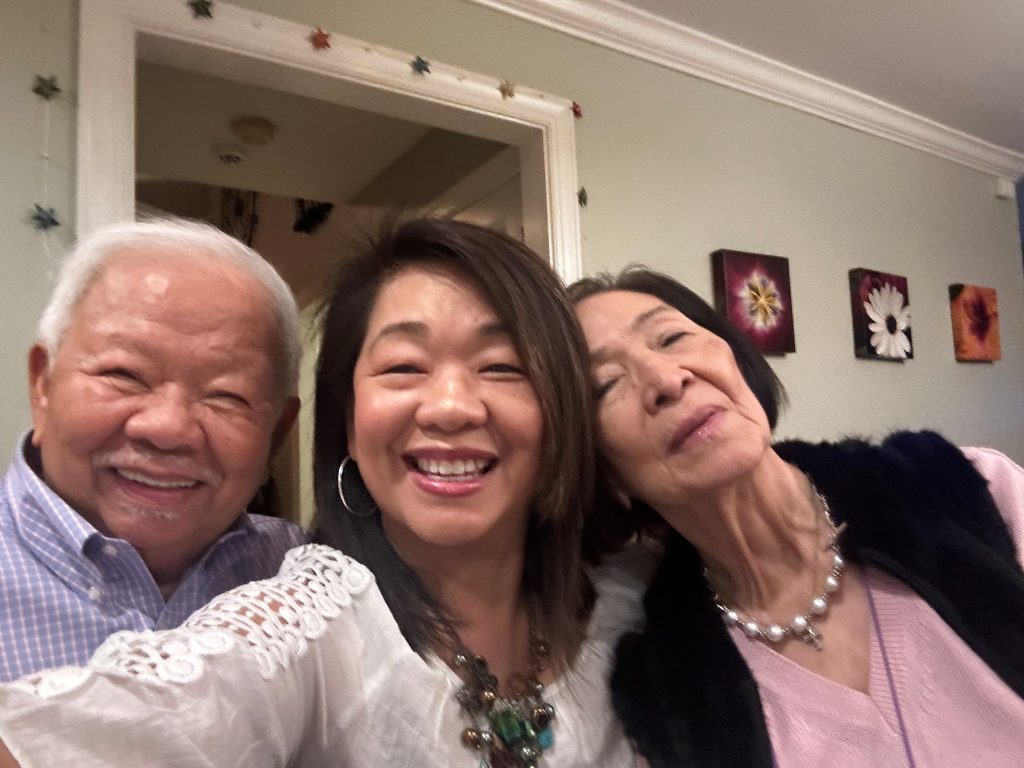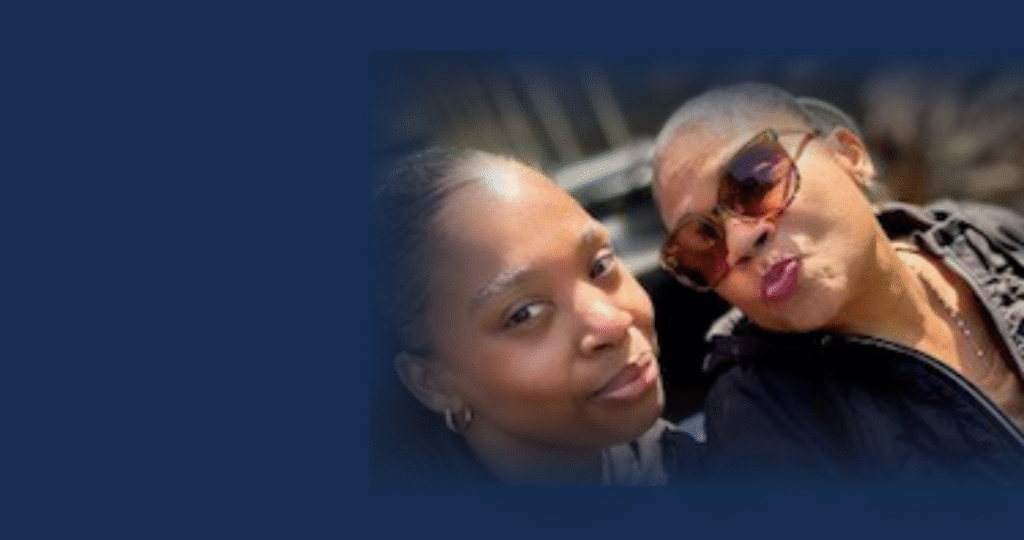For decades, Medicare and Medicare Advantage have shaped longevity innovation, influencing systems and products designed for older adults. Traditionally, they covered skilled nursing, short-term home care and post-hospitalization therapy—services that fueled the growth of home health, HealthTech and AgeTech. The One Big Beautiful Bill Act (OBBA) is poised to cut nearly $1 trillion from federal Medicare and Medicaid funding over 10 years, introducing tougher eligibility, stricter work mandates and more administrative hurdles. This threatens older adults’ coverage and weakens incentives for longevity-focused innovation, making access and affordability increasingly difficult.
As the funding landscape changes, we must reassess how to maintain access to vital longevity services and products.
Consumer-Driven Longevity Solutions
The expectations of today’s ages-50-and-older cohort differ markedly from previous generations. As L. Jasmine Kim, Head of Care@Home for Samsung Digital Health, noted in a conversation, the younger demographic cohorts increasingly expect and accept higher copays and personal investment in health-related products and services, such as smartwatches, nutrition apps and fitness training.
But such purchasing power also gives consumers greater influence over product development and system design. Reduced Medicare funding is speeding the shift to consumer-financed health expenses, presenting challenges and opportunities for those who are able to participate.
As Medicare funding declines, older adults and their caregivers face a rapid and sizable increase in out-of-pocket spending for caregiving tools and technology—from medication management apps and smart health monitoring products to investing in durable medical equipment like ramps.
According to AARP, caring for a loved one can have significant financial implications for family caregivers. Caregivers in the United States spend an average of 26% of their income, approximately $7,242 annually, on caregiving activities including food, gas, travel, medications and transportation. With cuts and stricter eligibility, access to caregiving resources will increasingly depend upon personal financial capacity.
A Three-Tiered Framework for Longevity Innovation
The longevity innovation market can be visualized as three interconnected points: Smart Consumer, Smart Home and Smart Community.

Smart Consumer: Products designed for individuals, such as wearables, smart walkers and biofeedback tools.
Smart Home: Systems for home interactions—voice assistants, automated response systems and fall detection—plus homes built to integrate with personal tech.
Smart Communities: Community infrastructure, like 5G networks, policy for driverless transportation, and broadband initiatives, enabling broader connectivity and access.
digi.city, a thought leader in global smart cities design and innovation, defines communities as “smart” when they prioritize resilient design, tech-enablement, and interconnection of civic spaces.
The Caregivers’ Scope of Influence
Smart Communities supply the infrastructure for digital health, connecting Smart Consumer products to Smart Homes and the healthcare resources required to age well at home—yet current federal policy cuts threaten their growth.The World Health Organization stresses that digital equity is essential for access to longevity innovations, calling for affordable internet, devices and digital literacy for everyone.
When possible, older adults are willing to pay more out of pocket for Smart Home technologies than for Smart Consumer technologies, and most want to age in their own homes.
Most Americans can’t fund community infrastructure out of their own pockets; rural and lower-income areas especially depend upon policymakers and business investment for that help. Individuals are free to buy Smart Consumer products and adapt Smart Homes on their own.
But not all aspects of the system are equally available to every individual, and none offers completely equitable access for all. Still, understanding the broader framework can empower some caregivers and families to identify opportunities suited to their circumstances. While this perspective offers value, its constraints must be acknowledged. Ultimately, my hope is that increased public awareness may help families and caregivers design practical, attainable longevity solutions tailored to their own needs.
The Consumer Power of Smart Home Investment
Research shows that, for those who can, older adults are willing to pay more out of pocket for Smart Home technologies than for Smart Consumer technologies, and most want to age in their own homes. While trust of technology and tech adoption is increasing, concerns about costs of tech implementation remain high.
Stephen Ewell, executive director at Consumer Technology Association Foundation, said in a conversation that, regardless of retirement savings, preparing homes for the future is a proactive step. If consumers lead the way in adopting these technologies, the industry will respond with better, more affordable solutions—and we can start using such technology in our 40s, adapting further in our 50s or 60s.
As longevity consumers increasingly invest in Smart Homes and thoughtfully designed products, we will likely see more Age-Friendly features and appealing designs. Designers who combine style with functionality are likely to attract eager early adopters as direct-to-consumer markets grow for longevity solutions.
With Medicare’s retreat from consumer tech and Smart Community infrastructure, those who upgrade their homes will drive healthcare innovation. For caregivers, this means taking on a bigger role in researching, selecting, and financing tech and design, incentivizing lasting longevity solutions that meet our needs as older adults and as caregivers.
Smart Homes—Personalized Caregiving Hubs
Aging where we choose remains a top priority, and as caregivers shoulder more costs, longevity solutions are adapting to their needs. Danny Kaplan, General Partner at Equitage Ventures, said in a conversation that the most successful age tech integrates care, people and environments around where we live, whether in senior communities or private homes. Effective longevity products should address the needs of older adults and caregivers in any setting and offer seamless interoperability across different care environments. The homes of caregivers are no exception. When caregivers invest with intention in their own Smart Homes, we will find longevity products and systems matching innovation, from facilities to homes.
Older adults and caregivers are buyers, end users, policy shapers, innovators and investors in the longevity market.
One example is hospital-at-home programs, which deliver advanced care in patients’ homes, reflecting the trend toward cost-effectiveness, patient preference and better health outcomes. Key tools like remote monitoring, voice-activated support, and fall detection are increasingly available for direct purchase, allowing caregivers to access these solutions without relying only on Medicare-funded options.
Christine Lum Lung, CEO Co-Founder of Origin Healthcare, said many technologies can readily support programs like hospital-at-home. Voice-activated technology and similar innovations help make Smart Homes possible, even though they are not strictly HealthTech products. Aging brings diverse opportunities—not just decline—and intentional investment in Smart Homes helps families prepare for success. As more Smart Homes proliferate, products will evolve to meet older adults and caregivers wherever they live.
What’s Next
Despite its promise, real barriers exist such as cost, lack of digital literacy and access to smart infrastructure. It is time for us as caregivers and older Americans to take meaningful action:
- Advocate locally and nationally: Support policy and funding for Smart Consumer products for social impact and urge restoration of federal digital access initiatives.
- Educate yourself and your family: Review your home’s safety and accessibility; consult resources such as Colorado State University’s Institute for the Built Environment for resources to design Lifelong Homes and Communities. Whether installing grab bars, improving lighting, or adding voice assistants, early steps help ensure readiness.
- Seek local resources: Explore available programs and support where you and your family live, regardless of age. Area Agencies on Aging and Habitat for Humanity may provide local solutions no matter where you and your loved ones live.
Become informed and involved: Attend workshops, engage policymakers, use community toolkits, and connect with advocacy organizations to prepare homes and neighborhoods for the future.
We, as caregivers, are more than care providers—we are advocates, decision-makers, and designers of environments that make healthy aging possible. Choices and investments in Smart Homes expand future access to healthcare and longevity products for anyone who may need care at home. As active investment signals strong demand, the market will respond with smarter, more adaptable solutions. This will lead to exponential innovation, as active investment in the market will signal strong demand to industry and incentivize the development of smarter, more responsive long- and short-term longevity solutions for wherever we choose to grow older.
Together, older adults and caregivers shape the future of aging options. We are buyers, end users, family members, caregivers, policy shapers, innovators and investors. The next chapter of longevity won’t be financed by Medicare—it will rise to meet the spending power and intention of individual longevity consumers and caregivers. For all of us in the United States, our role now is to identify and leverage that power in our families and communities of care to shape the future of aging and caregiving that best meets our individual needs.
Erin Maruzzella is a large-systems architect advancing Age-Friendly Design, collaborating with government policymakers, researchers, nonprofits and industry leaders for better design of longevity products, systems and spaces. She directs Business Development at NOCTI Business Solutions, designing workforce solutions through innovative industry-aligned credentialing, serves on the Colorado Commission on Aging, co-chairs ASA’s Innovation and Social Impact Advisory Council, and advises the Institute for the Built Environment at Colorado State University.
Photo credit: Shutterstock/Halfpoint

